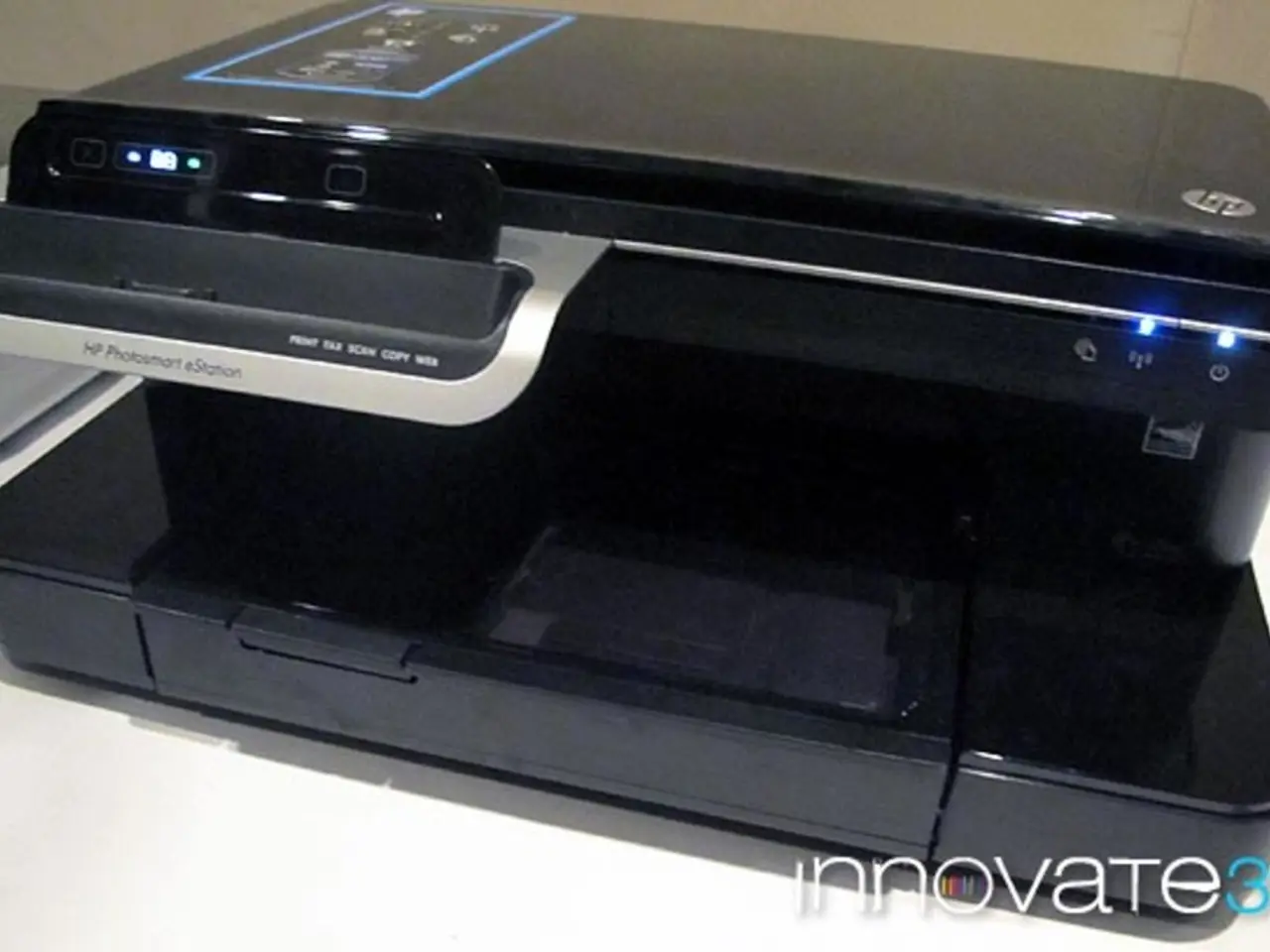Connecting Technology: Flexible and High-Density Printed Circuit Boards for the Internet of Things
The Internet of Things (IoT) is set to experience a significant growth spurt in the coming years, with predictions suggesting that the number of connected devices could exceed 26 billion by 2020. To meet this demand, the industry is turning to innovative technologies, particularly flexible and high-density printed circuit boards (PCBs).
Every IoT-related solution needs to fulfill a specific purpose and address a clear problem. These compact devices, by necessity, are small. However, this doesn't mean they should compromise on performance. The vast majority of IoT applications require small, high-performing circuit boards, which can be ensured through the use of flex and high-density interconnect (HDI) PCB technologies.
Flex PCBs, with their ability to withstand dynamic stress, are ideal for applications like wearables. Key design considerations for Flex PCBs in IoT focus on material selection, mechanical durability, and layout optimization to suit compact, bendable, and often harsh environment applications. Polyimide (PI) is preferred for its excellent thermal resistance and flexibility, suitable for harsh environments like automotive or industrial IoT sensors. Polyester (PET) is a cost-effective alternative for low-temperature applications such as consumer wearables.
HDI PCBs, on the other hand, allow for dense component placement and more versatile routing, reducing drill to copper and improving wiring density. HDI uses microvias, blind/buried vias, and very thin traces to achieve compact layouts that support dense component placement and complex routing, essential for IoT devices with multiple sensors, radios, or processors integrated tightly. Precise impedance matching for high-speed interfaces is critical to reduce crosstalk and signal loss especially in compact HDI layers.
Reliability is critical for IoT application designs, especially for devices that are difficult to access or repair. Both Flex and HDI PCBs demand careful materials selection, layout practices, and thorough simulation/testing to meet the demanding IoT application needs.
Standardization is another key aspect that IoT application design may need to consider. If standardization emerges, companies may need to pay close attention to accepted formats for displays, data transfers, security, and more.
The success of IoT devices such as the Nest thermostat and Philips Hue lightbulbs has demonstrated the extension of connectivity to various new and compact device types. However, it's crucial for IoT companies to avoid developing solutions that don't address any customer needs, as demonstrated by the failure of the Revolv product.
In conclusion, the Internet of Things is set to revolutionise our world, and the role of flexible and high-density PCBs in this revolution cannot be overstated. These technologies offer the miniaturisation, robustness, and reliability that IoT devices require, ensuring they remain operational and accurate for effective functioning. As the IoT industry continues to evolve, so too will the design and manufacturing techniques for these essential components.
[1] Flexible Circuit Design for Internet of Things (IoT) Applications
[2] Designing Flexible Circuits for IoT Applications
[4] High-Density Interconnect (HDI) PCB Design for IoT Applications
Flexible Circuit Design for Internet of Things (IoT) Applications and Designing Flexible Circuits for IoT Applications are essential due to the need for high-performing circuit boards with small sizes in IoT devices.
Controlled impedance technology is crucial in High-Density Interconnect (HDI) PCB Design for IoT Applications, as it helps reduce crosstalk and signal loss in compact HDI layers.




